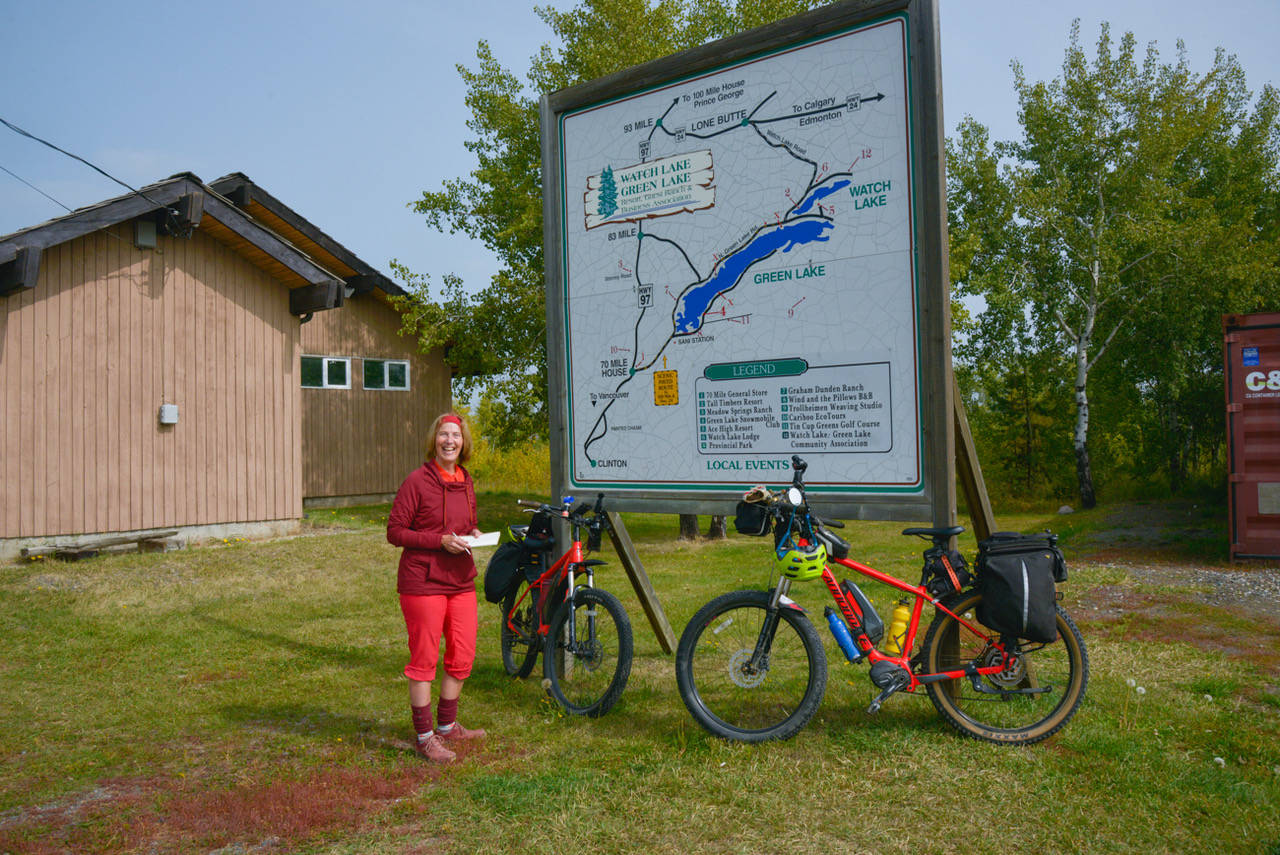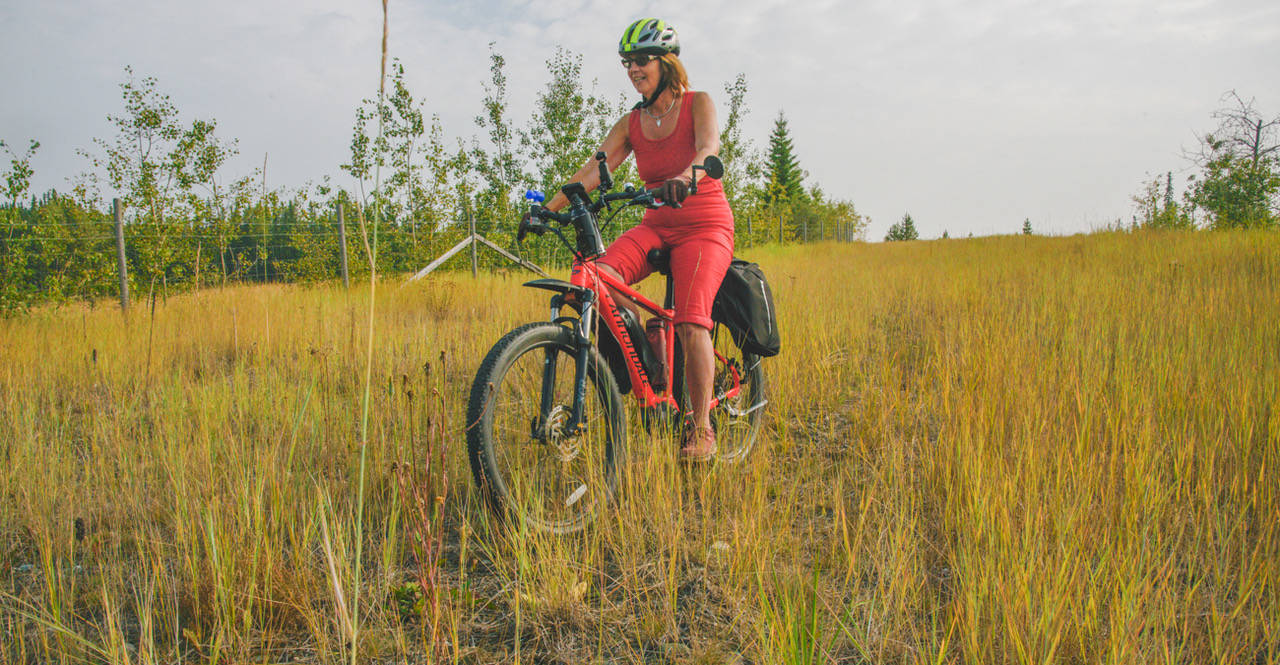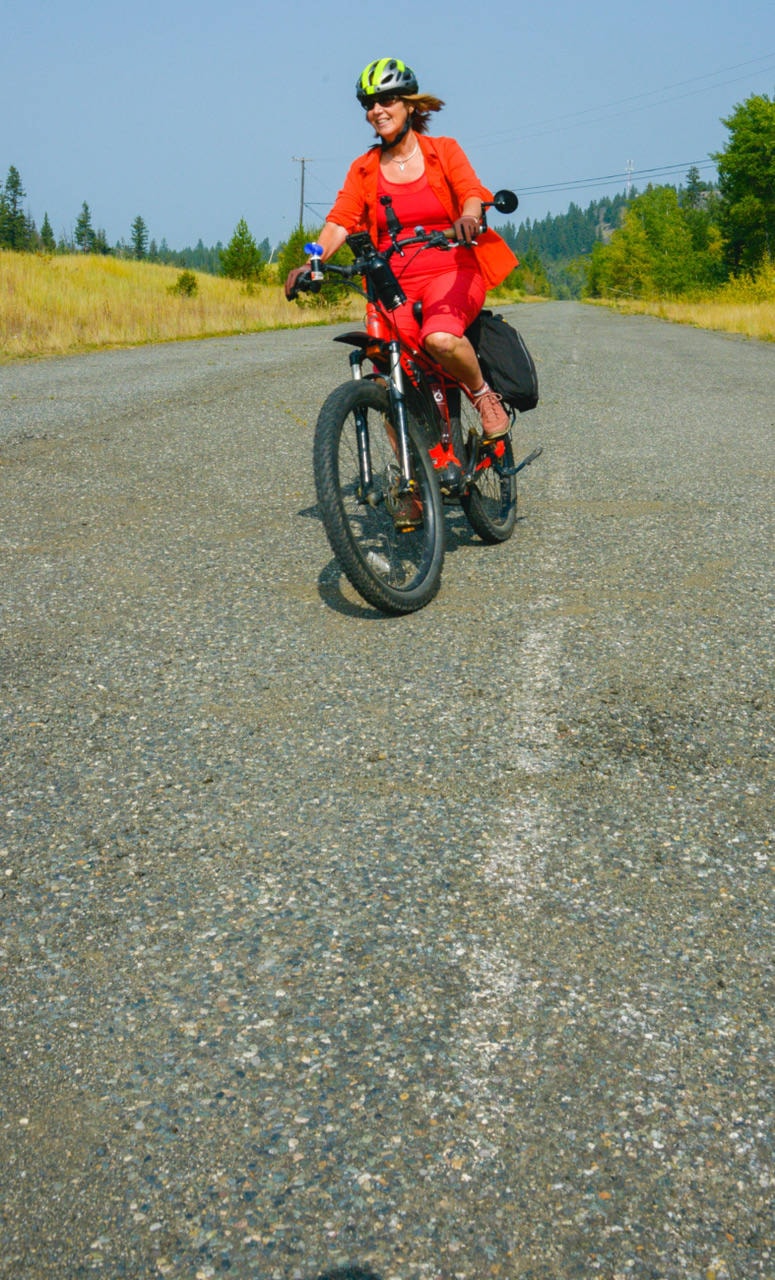The restoration of the historic Cariboo Waggon Road continues to roll along.
The New Pathways to Gold Society appeared at Clinton council this month, seeking a letter of support for its grant application to the Community Economic Recovery Infrastructure Program (CERIP) to obtain funding to start phase one of its project.
The latest funding, if approved, would focus on brushing, clearing and providing access to sections between Clinton and Lac La Hache. It would also mean temporary employment for local workers and the creation of new heritage tourism infrastructure, said Don Hauka, the society’s communications creative director.
“One of the fastest-growing tourism sectors are these historical trails. You don’t just see the scenery but there’s a story behind it. These are ancient Indigenous trails that were well known before the Royal Engineers moved in,” Hauka said. “When you’re walking a stretch of the Cariboo Waggon Road, you’re experiencing 10,000 years of Indigenous history, you’re experiencing the fur trade. You’re experiencing the gold rush.
“But you’re also experiencing what came after that. It was the road before the Trans-Canada came in, it was a fabled road.”
READ MORE: Historic Cariboo Wagon Road Restoration Project receives first phase funding
The group has been working for the past year mapping and authenticating the Cariboo Waggon Road trails from Yale to Lillooet to Barkerville since receiving $54,500 in funding just over a year ago. The trails they are marking for restoration were built following the Cariboo Gold Rush when gold was found in the Williams Creek area near Barkerville in the late 1850s to early 1860s.
Hauka noted the idea is not just to restore those sections of the old road but to interpret them. 70 Mile, for instance, is “right dab smack in the middle of the Cariboo Waggon Road” and would be a perfect place to set up information kiosks or bike stations for people to explore the route, Hauka said. It might even drive locals to set up a bike rental facility or increase economic activity in other ways, such as drawing people to the local cafe and General Store.
He added the road was built well and won’t take much to restore. The group is also looking to set up a committee to manage the route, which is a gazetted highway that technically belongs to the Ministry of Transportation and Infrastructure. The committee would be similar to the one for the Gold Rush Snowmobile Route.
“Between Clinton and Lac La Hache, there are a few chunks that are problematic but it’s a long continuous route for the most part,” he said. “The whole thing if you look at it, it goes through so many different landscapes. The Chasm is just fabulous, you go through 100 Mile and the lakes and around Lac La Hache.
“People are drawn as much to the stories as they are the landscape. People like to feel connected especially these days. It’s not just a trail, it’s the story of British Columbia.”
The project is being coordinated by NPTGS, which has in partnership with First Nations, communities and other organizations restored or built over 230 km of heritage trails since 2009. It also has support of of the Cariboo Regional District, District of 100 Mile House, BC Parks and the Outdoor Recreation Council of BC.
newsroom@100milefreepress.net
Like us on Facebook and follow us on Twitter.


